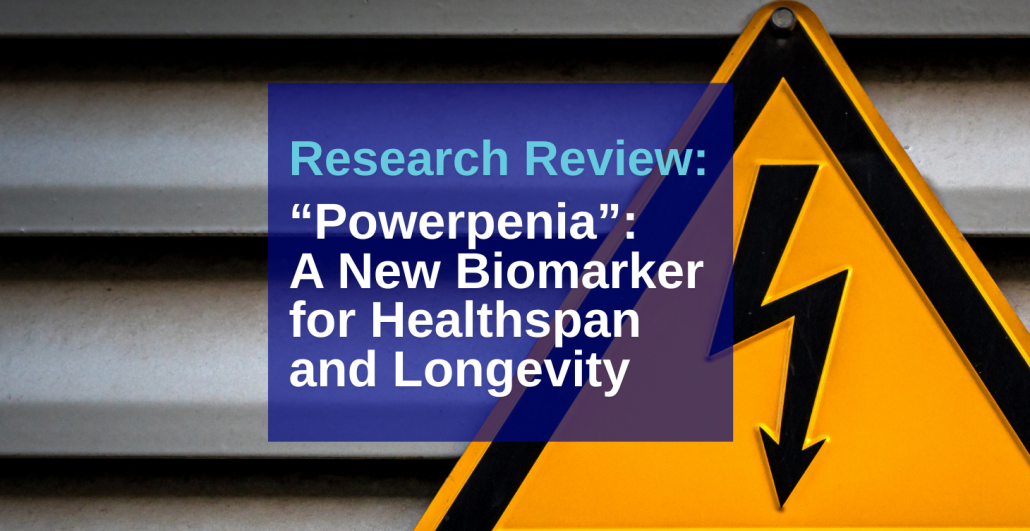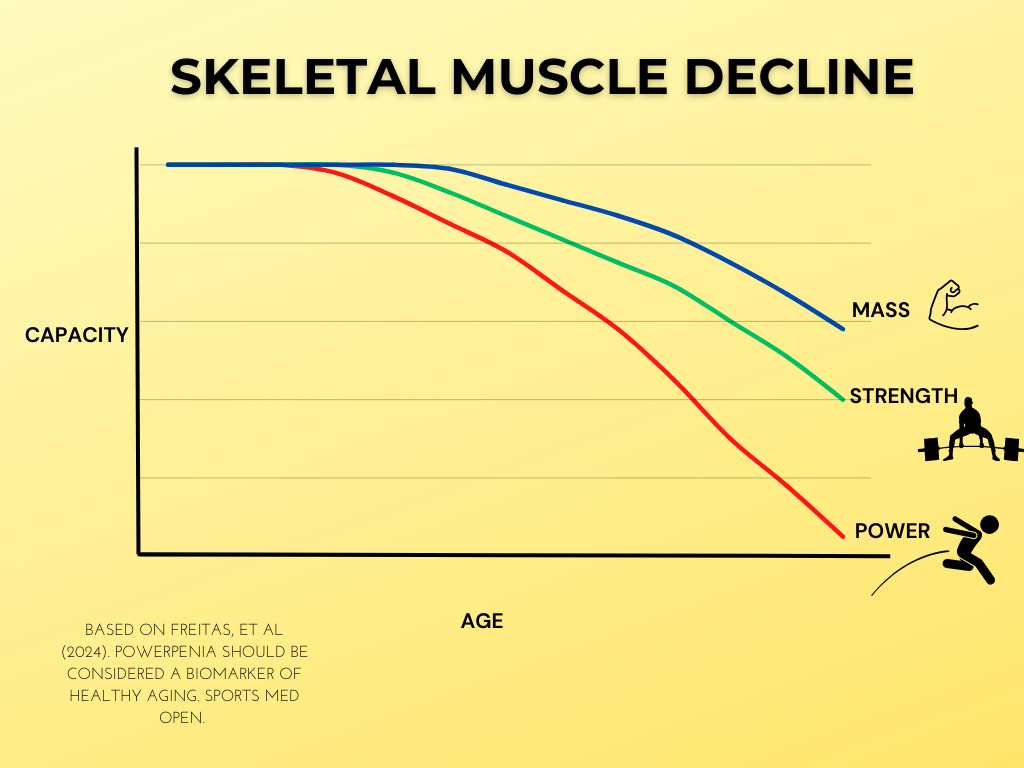Powerpenia: A New Focus in Healthy Aging
In recent decades, sarcopenia and dynapenia have become widely recognized terms to describe physical decline with age, where sarcopenia refers to the loss of muscle mass, and dynapenia focuses on the loss of muscle strength. However, a crucial component — muscle power — has been left out of this conversation. This gap has led to the proposal of a new term: powerpenia, specifically addressing the decline of muscle power, which is vital for maintaining functional independence and preventing falls.
Why Muscle Power Is Essential
Unlike strength or muscle mass, muscle power refers to the ability to exert force quickly, which is critical for daily movements that require speed, like rising from a chair or catching oneself from a fall. Research reveals that power declines more rapidly with age than strength or mass, making it a sensitive marker for aging and inactivity. Studies suggest that muscle power has a more significant impact on physical function and quality of life in older adults than other measures of muscle health.
Powerpenia: A Marker for Aging
Understanding powerpenia fills a vital gap by addressing muscle power loss, a factor that significantly impacts physical function, independence, and overall health as we age. Assessing powerpenia involves tests that capture both strength and speed, allowing for a more comprehensive view of an individual’s physical capability. Incorporating these assessments into standard health evaluations can identify issues early and enable timely intervention.
How to Combat Powerpenia
To limit the effects of powerpenia, targeted exercise interventions focusing on muscle power (e.g., higher velocity resistance training, jumping, throwing) are highly effective. Unlike traditional strength training, power exercises prioritize velocity and explosive movement, which have shown great benefits in enhancing muscle power and preventing falls in older adults.
Consider working with a health professional to design a tailored program that specifically targets muscle power to help prevent powerpenia. Trained professionals can assess your unique needs and create an intervention plan with exercises that improve speed, strength, and mobility, ultimately helping you maintain independence and a higher quality of life.
Reference: Freitas, S. R., Cruz-Montecinos, C., Ratel, S., & Pinto, R. S. (2024). Powerpenia Should be Considered a Biomarker of Healthy Aging. Sports Medicine – Open, 10(1), 27. https://doi.org/10.1186/s40798-024-00689-6.






